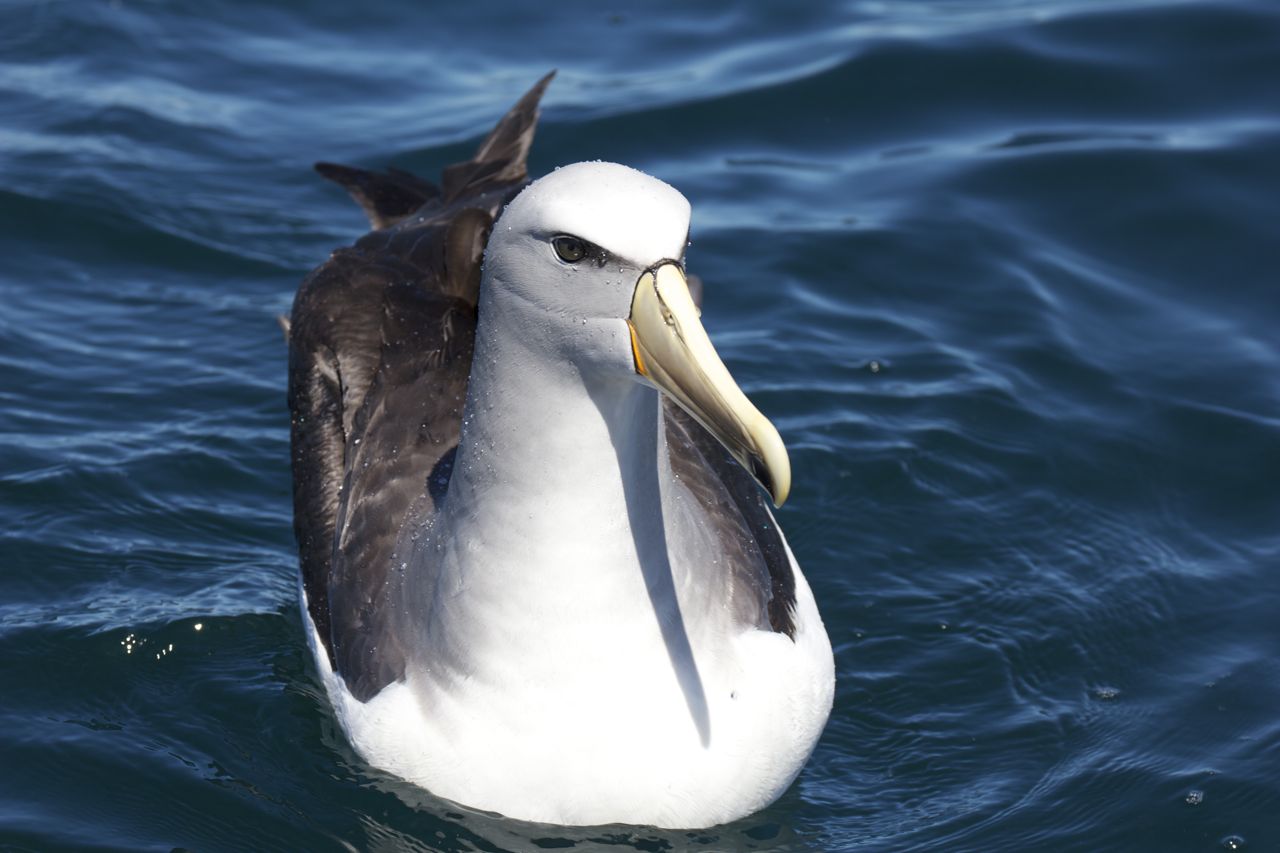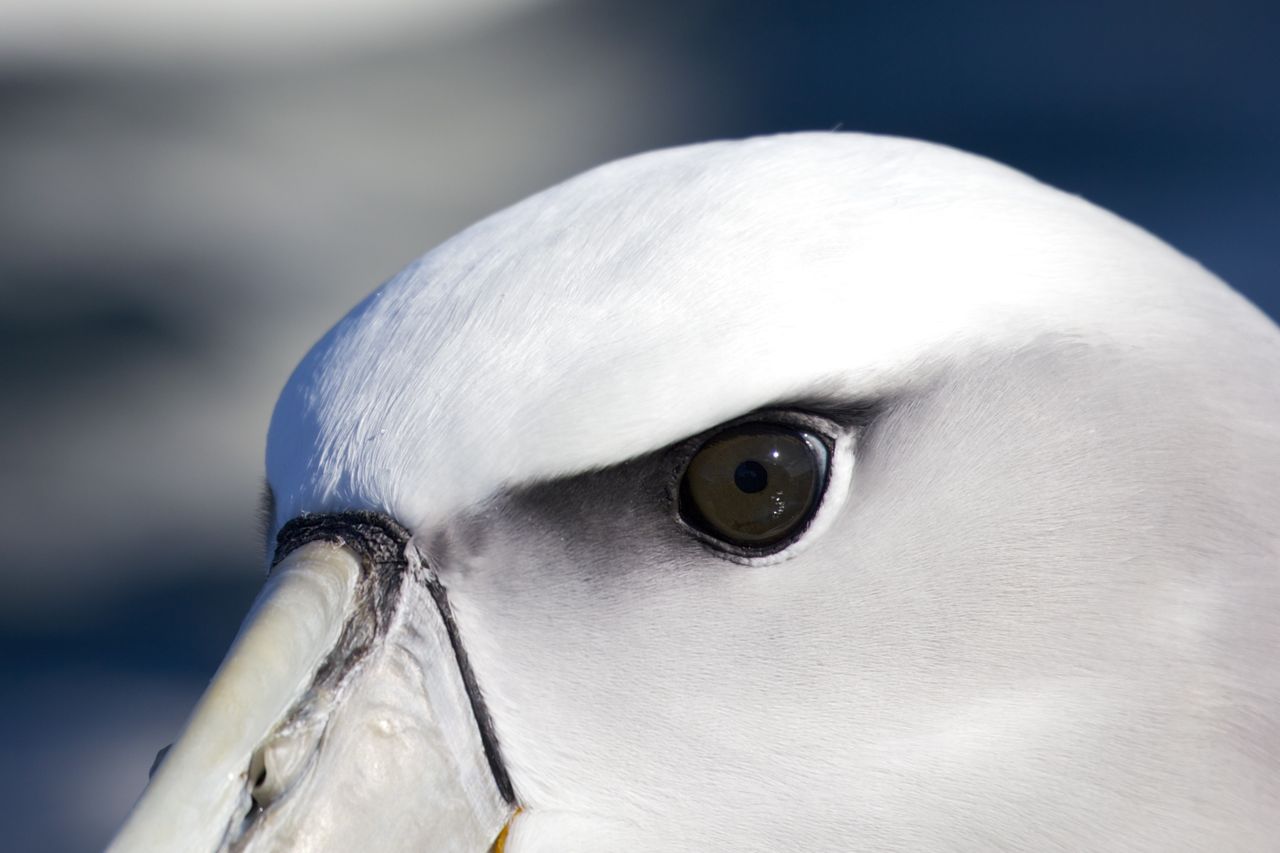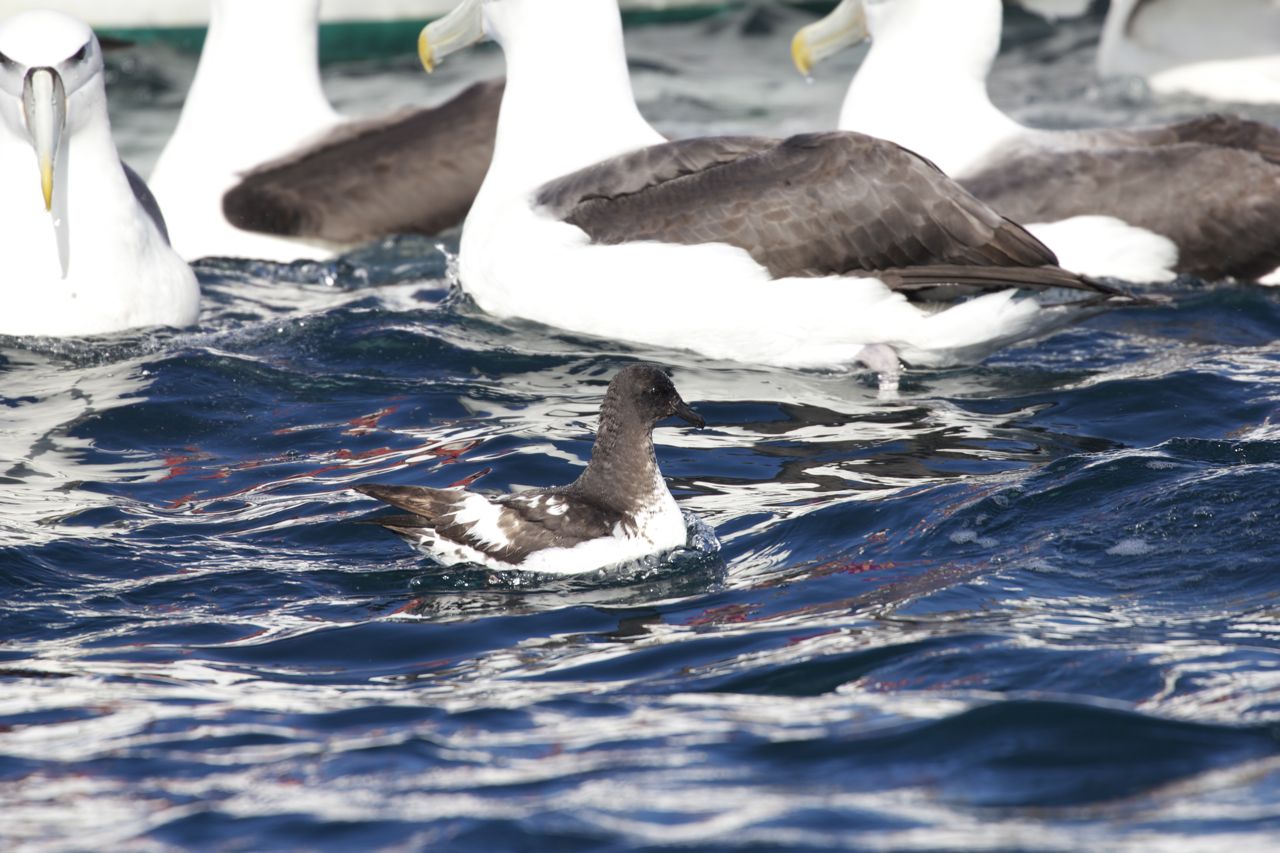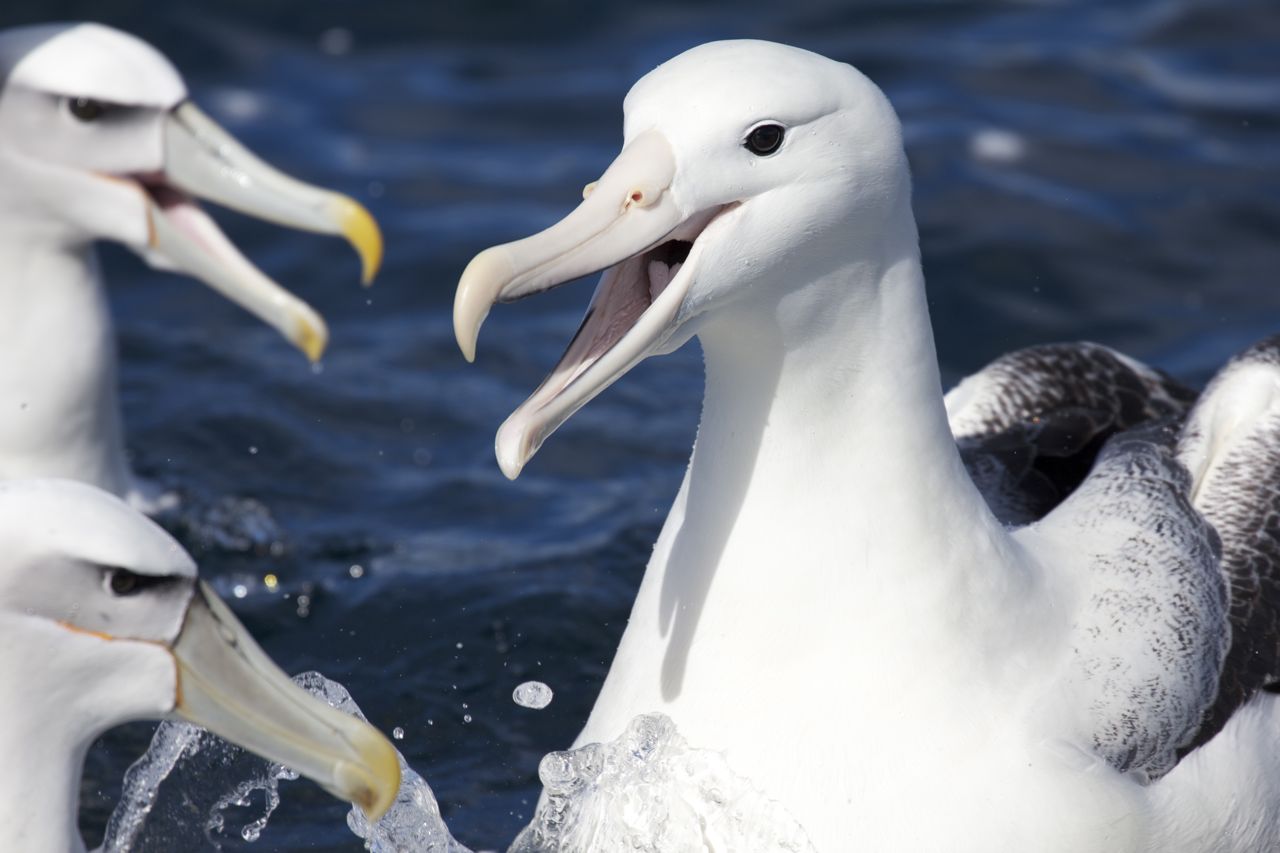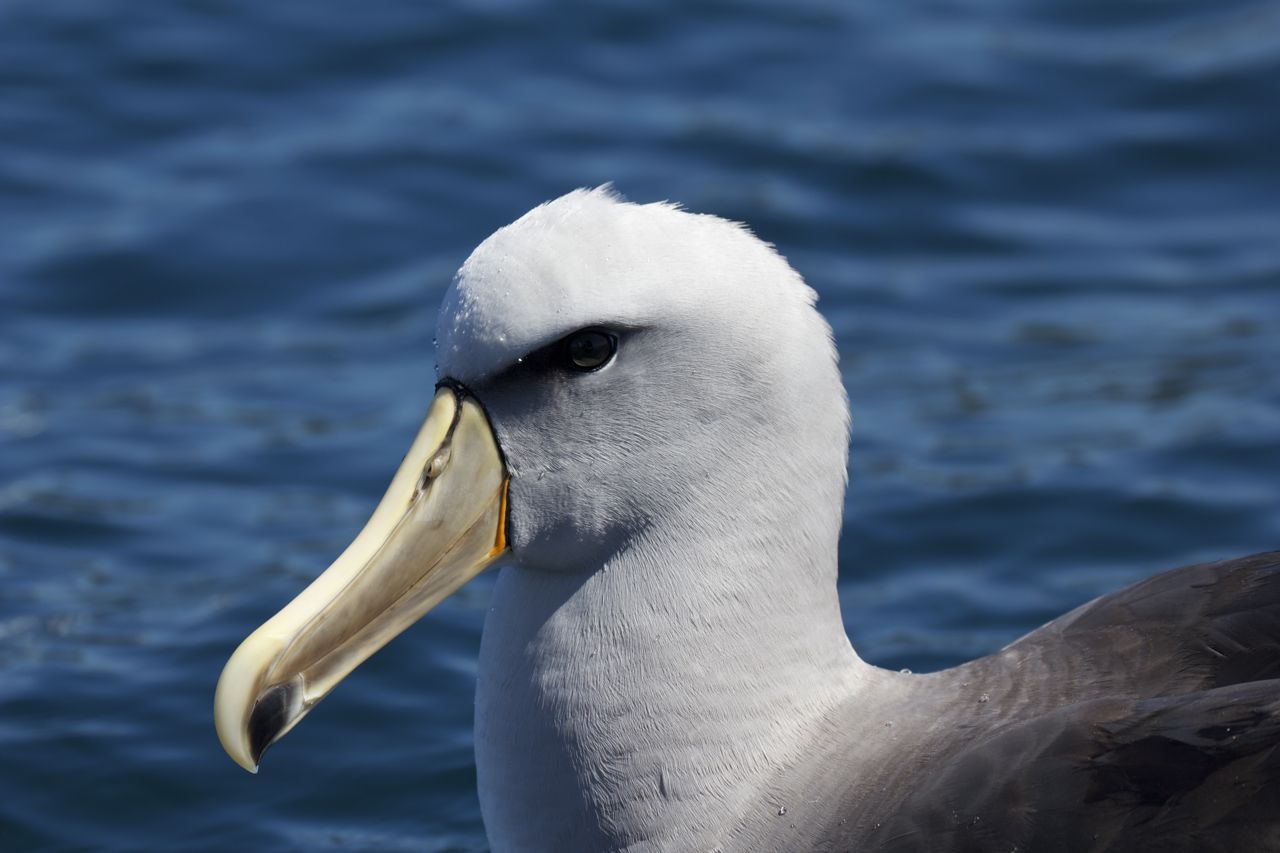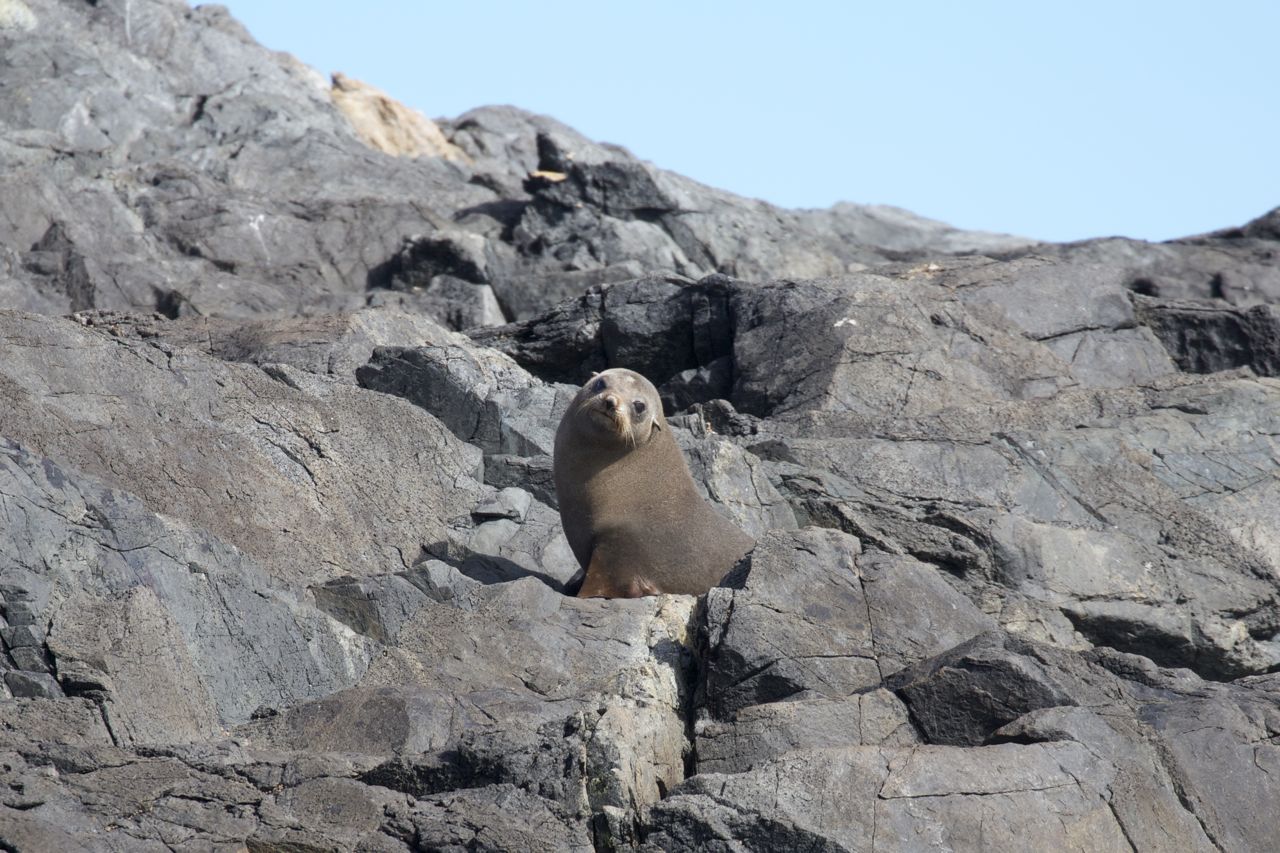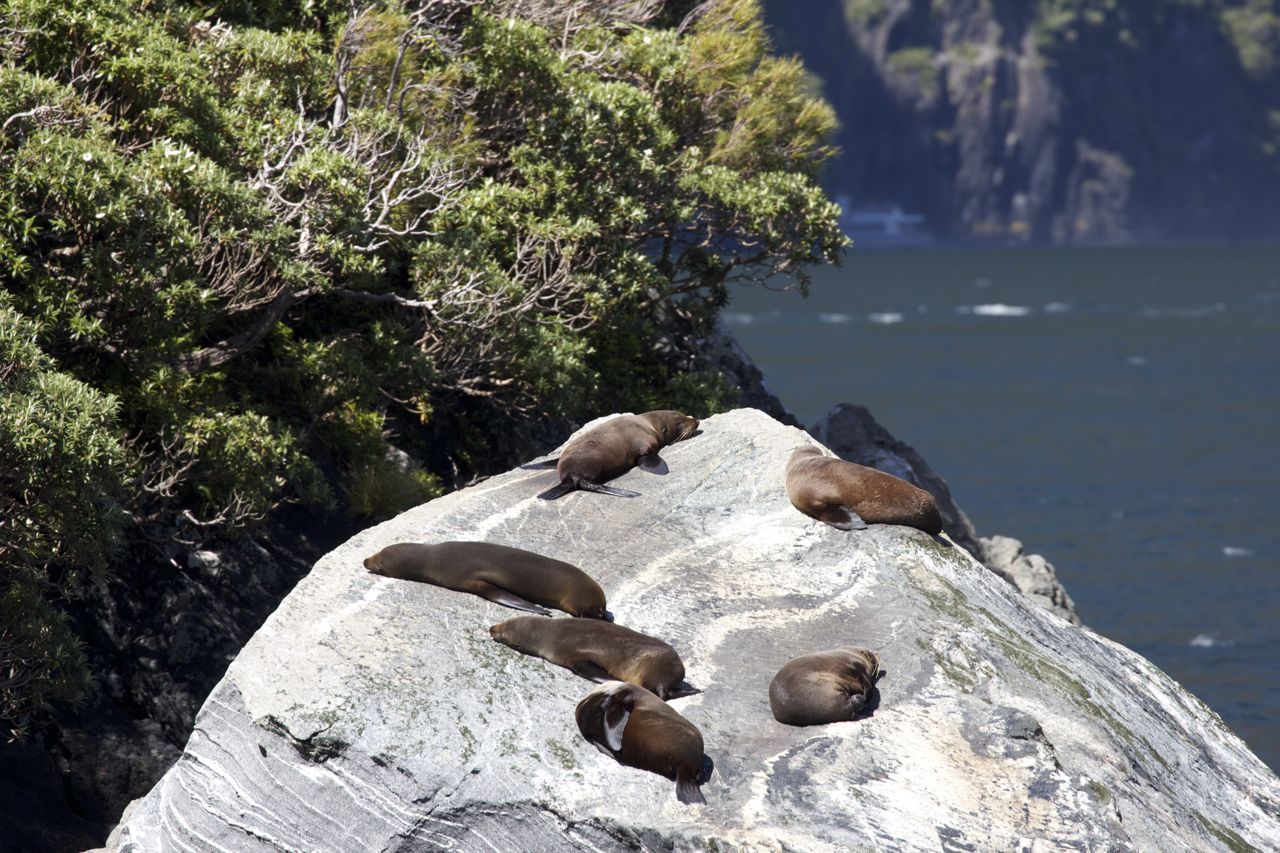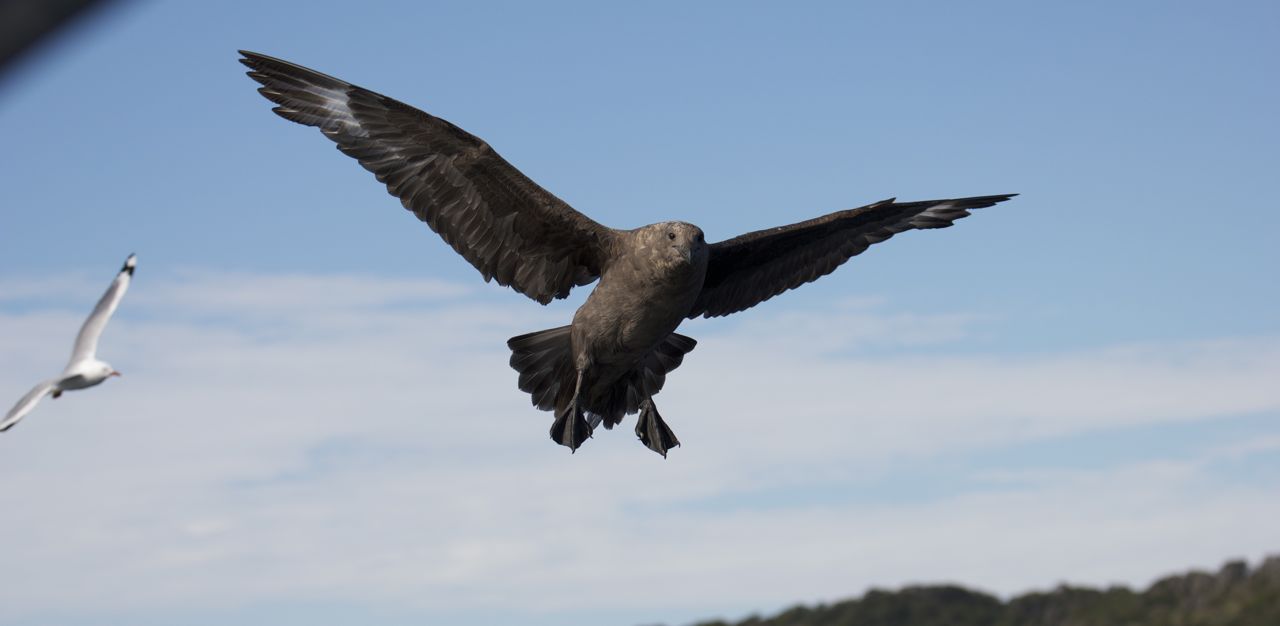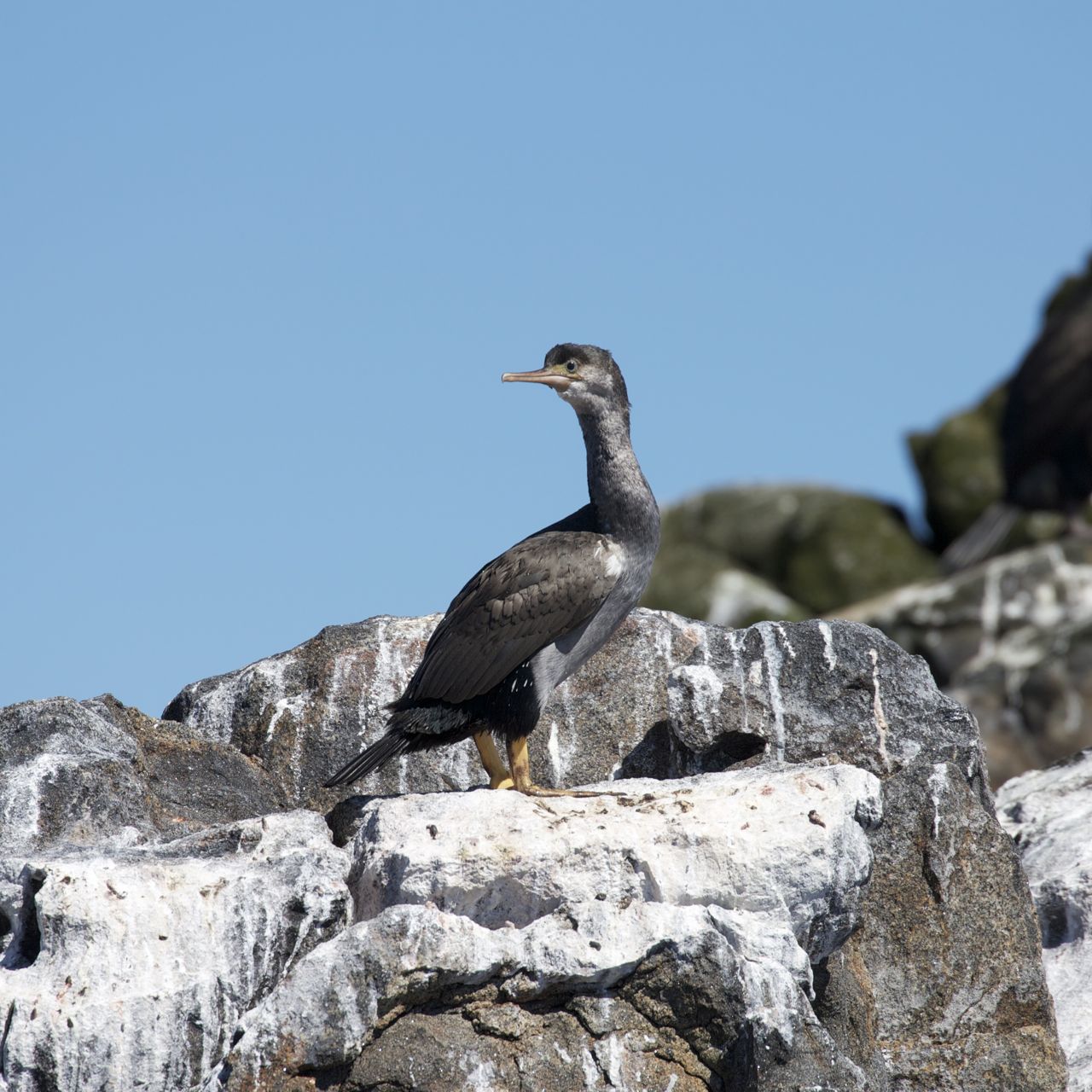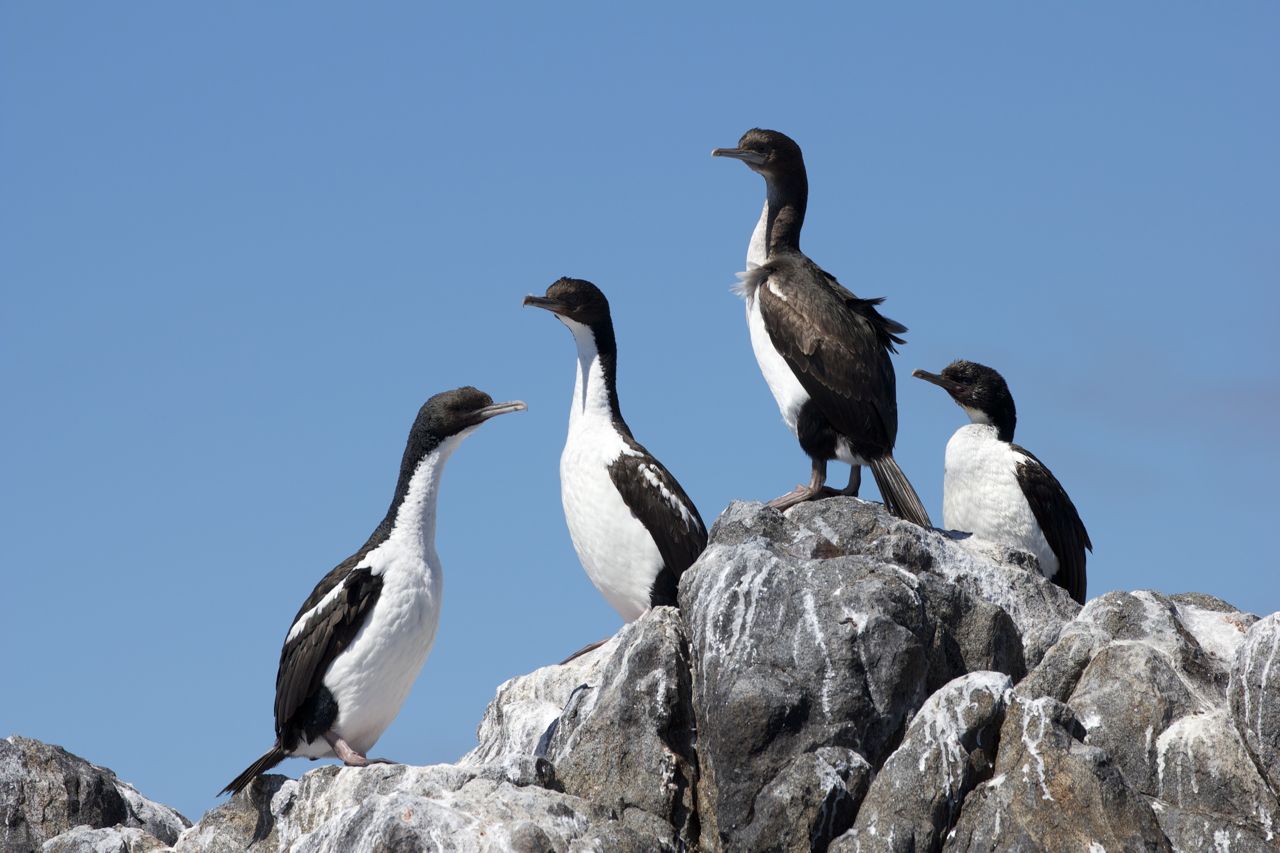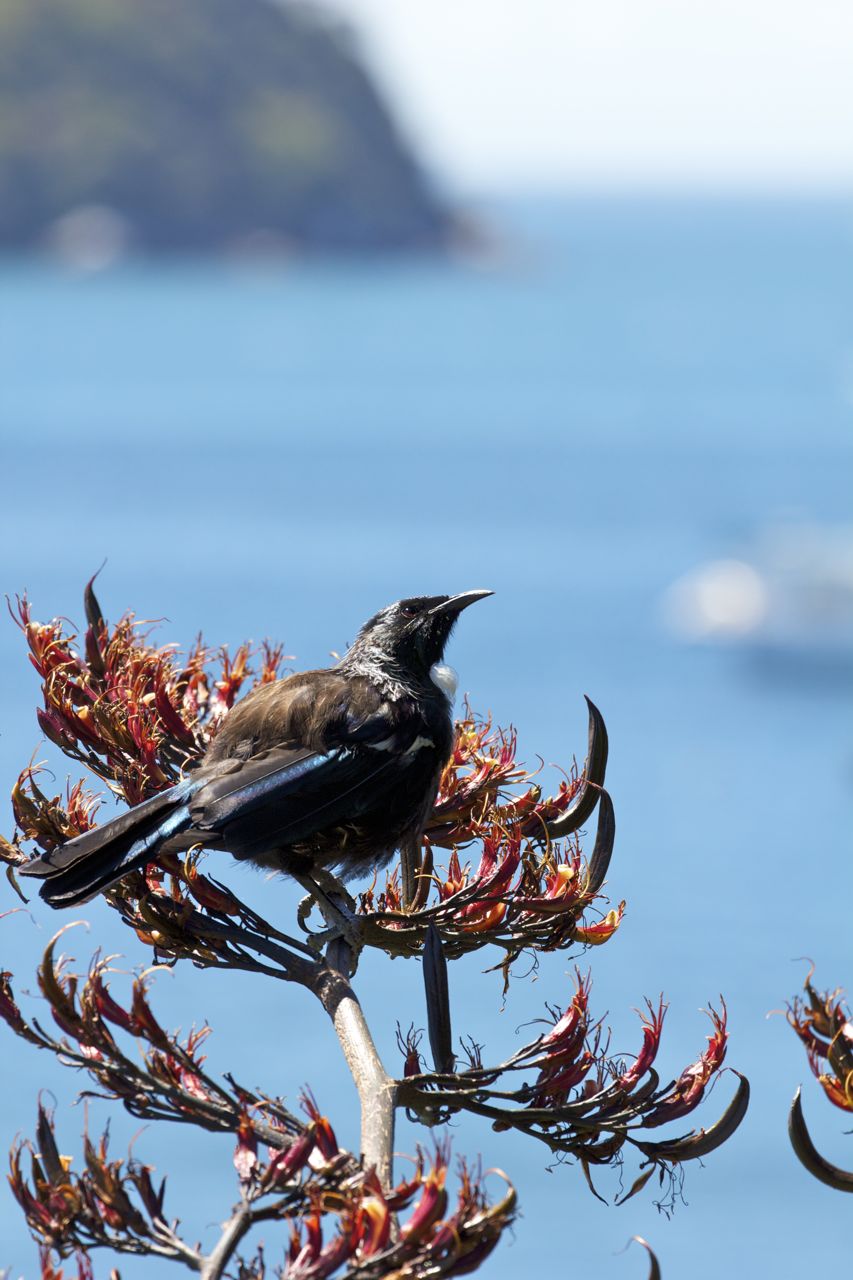South of south
/Te Anau, New Zealand
A wedding gave us the great excuse to go check out parts of the South Island of New Zealand and we jumped at the chance! We spent most of our time in and around Queenstown, which has inspired me to put a wide-angle lens on the wish list. Everyone goes on about how beautiful the landscapes are in New Zealand, and they are not wrong. On most occasions, I didn’t even bother to try to capture the sweeping panoramas. I just would not have been able to do them justice.
New Zealand Scaup, Queenstown, New Zealand
But, with this magnificent backdrop, we explored Queenstown and stocked up on incredibly soft and warm possum fur accessories. Bizarrely, I got better views of English garden birds along the foreshore of Queenstown than I did while in England! While the only native animals we really saw were the New Zealand Scaup (Aythya novaeseelandiae) and Black-Billed Gulls (Chroicocephalus bulleri), it was impressive to watch the Scaup diving amongst giant trout through crystal clear, and slightly blue-tinted glacial lake water.
A trip to the Kiwi and Birdlife Park in Queenstown was quite educational, and the only time we got to see Kiwis (Apteryx sp.) and Kea (Nestor notabilis). Both much larger than I had realised. The vast majority of native wildlife on New Zealand are in fact birds. The only mammals (other than marine species) native to New Zealand are bats. All of the terrestrial mammals are introduced and considered pests. Many of the smaller islands have been turned into sanctuaries and New Zealand ecologists are systematically eradicating all cats, ferrets, possums and other pest species. There is also quite the impressive public education program to accompany the eradication projects, with huge amounts of signage and visible traps out for the general public to see.
Kea, Kiwi and Birdlife Park, Queenstown, New Zealand
We took a day trip out to Milford Sound and I learnt that it should actually be called Milford Fjord, because sounds are carved by water, while glaciers carve fjords. But driving through the mountains, getting glimpses of snow and ice (prime Kea country) was truly spectacular. From the boat on Milford Sound itself, the glaciers appeared to steam in the sunlight and the melt water formed beautiful delicate waterfalls. Just gorgeous.
After the wedding, which was fabulous, we headed further south to Stewart Island. A day trip to the island sanctuary of Ulva Island reminded me of being in the Galapagos. Once again, birds were the main form of wildlife and they were just everywhere. And so unperturbed by humans crashing about below them. Rifleman (Acanthisitta chloris) and Tomtits (Petroica macrocephala) in the branches just above our heads, wingtips brushing our faces as they flitted from tree to tree. Stewart Island Robins (Petroica australis rakiura) dancing about our feet so that you had to be careful where you stepped, singing beautifully as we approached and calling harshly at us when we walked away. Birds like the Tui (Prosthemadera novaeseelandiae), which are rare on the mainland, were everywhere you turned. It was so heartening to see how well populations can recover within a pest-controlled area. However, it would seem that we were the only ones on Ulva Island who did not see a Kiwi that day.
Having heard regular reports of kiwis on the beaches and golf course of Oban at night, we had a kiwi stake out. But in spite all our efforts, all we saw were dense clouds of sand flies that left me itching for days.
Kereru, Stewart Island, New Zealand
Kaka, Steward Island, New Zealand
Oban provided unparalleled views of Kaka (Nestor meridionalis) and Kereru (Hemiphaga novaeseelandiae) though, so I’m not complaining. Kaka are massive forest parrots that would flock in groups of ten or so in the front yards of Oban locals each afternoon. They posed in ornamental trees and on fences, completely unconcerned as they allowed me to approach almost close enough to poke them in the eye.
Kereru are giant wood pigeons with beautiful iridescent metallic markings and surprising small heads. Graceful in flight and stately when perched, they land in trees with all the coordination and style of a pig falling from an aeroplane. What can I say, I loved them!
Given we were on an island, taking a pelagic trip was clearly the thing to do. And the decision was rewarded with at least four species of albatross cruising so close to the boat you felt like you could reach out and stroke them, assuming your were silly enough to brave those bills. Like giant, stern bath ducks, they bobbed in the water expecting a hand out. As impressive as albatross are, they were not the only tick for the trip. New Zealand Fur Seals (Arctocephalus forsteri) and Sea Lions (Phocarctos hookeri) were both on display, as were Brown Skua (Stercorarius antarcticus), Little Penguins (Eudyptula minor), shearwaters and petrels. It is always a challenge to take photos from a boat, but the wildlife was more than happy to get up close and personal.
10 days in New Zealand and I feel like I’ve barely scratched the surface. I can’t wait to get back there and explore some more!


